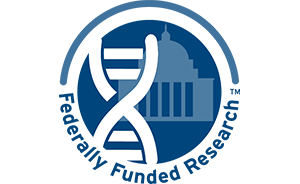Brain Cancer
Brain tumors present a particular challenge as the risk of harming healthy brain tissue can severely limit doctors' ability to use surgery, radiation or other treatments. Still, researchers are making steady progress to extend survival and improve patients' quality of life. For example, recent genetic discoveries have led to the identification of distinct sub-types of brain tumors, allowing doctors to personalize care to individual patients and providing potential targets for new treatments.











